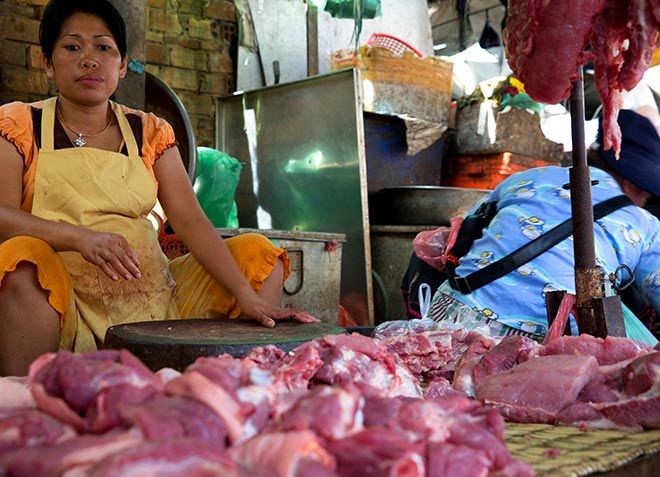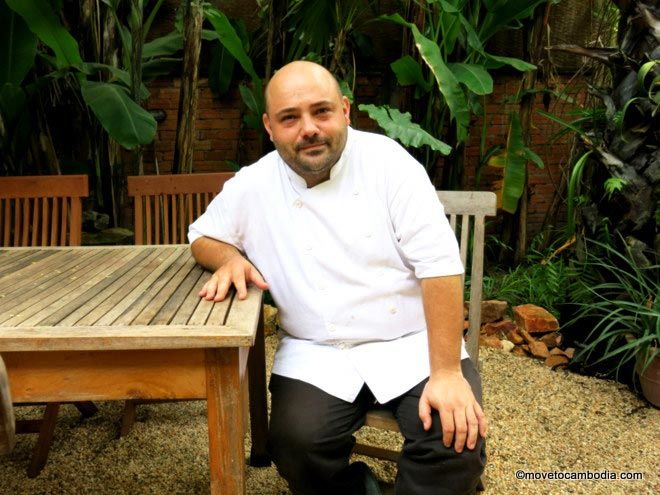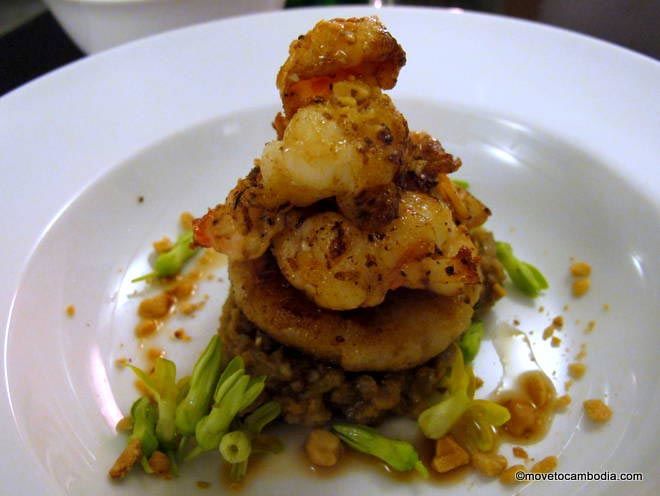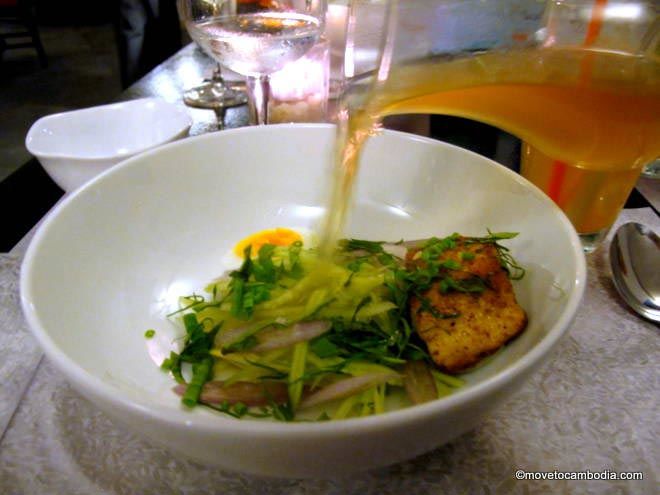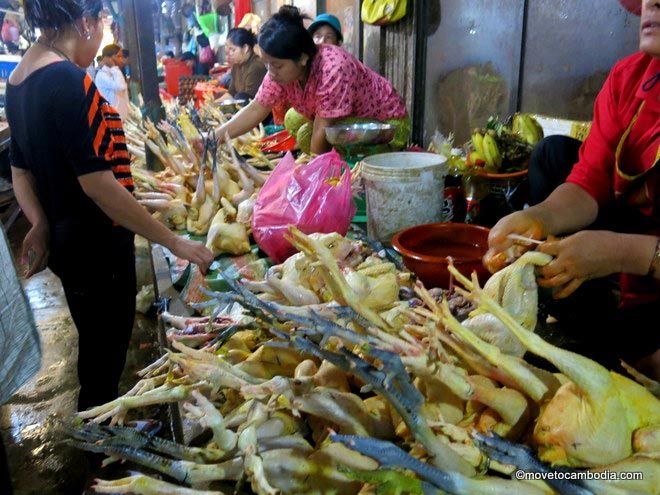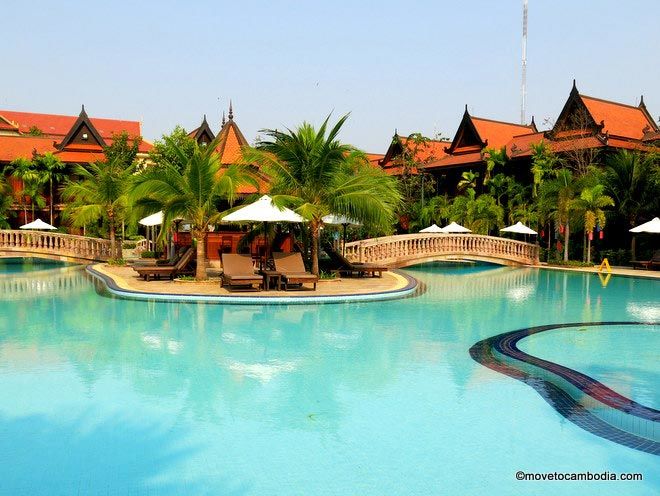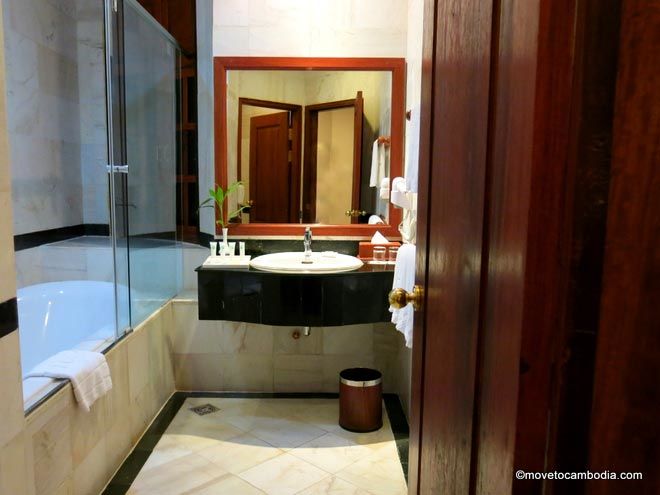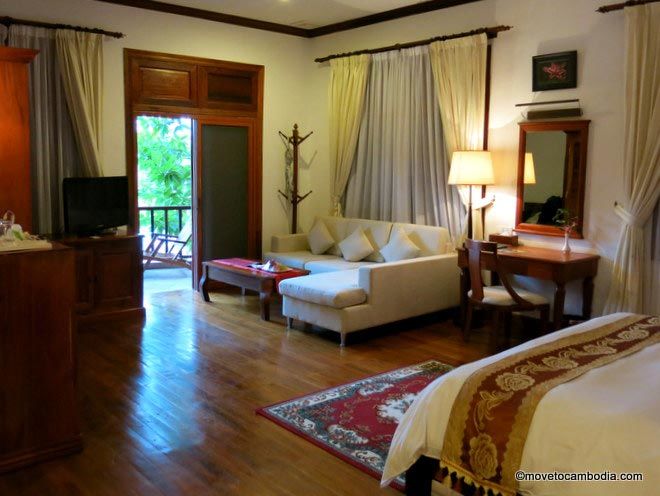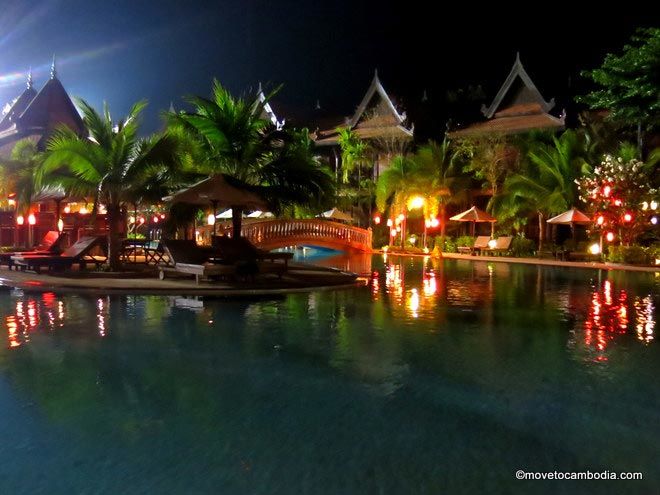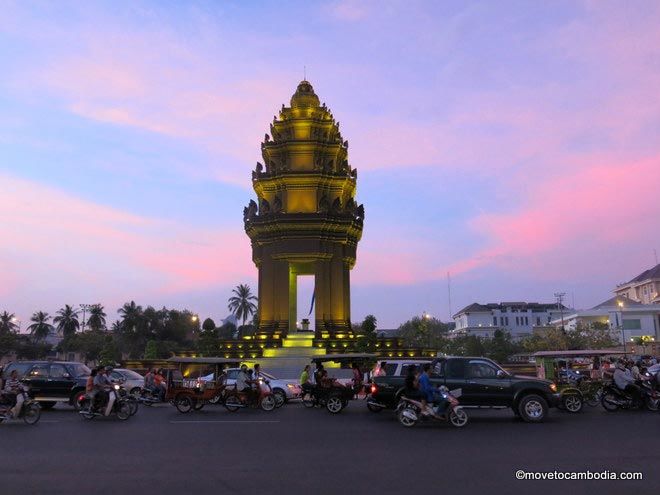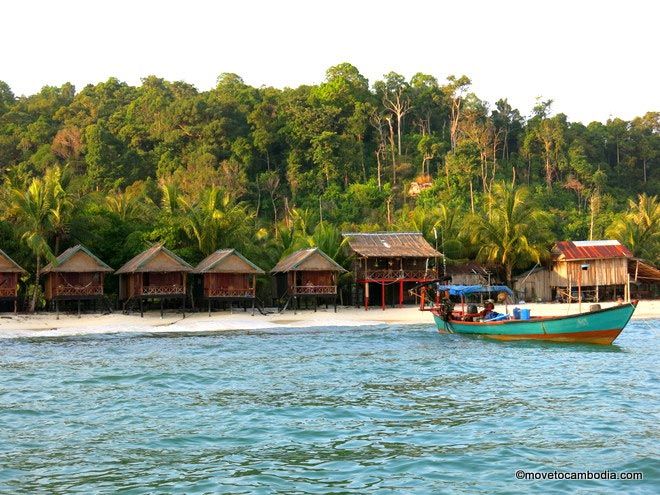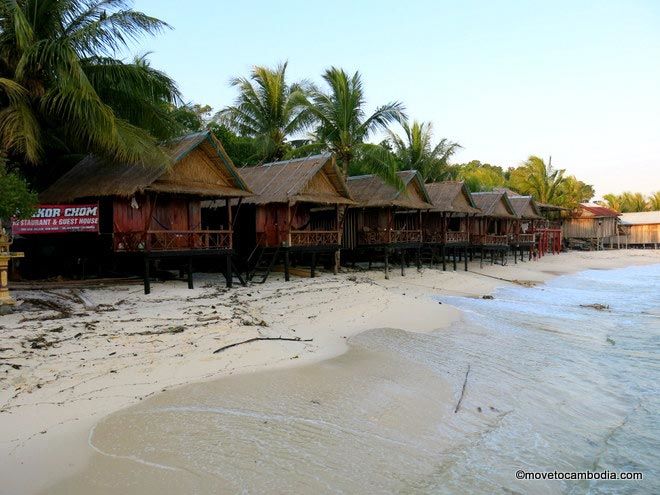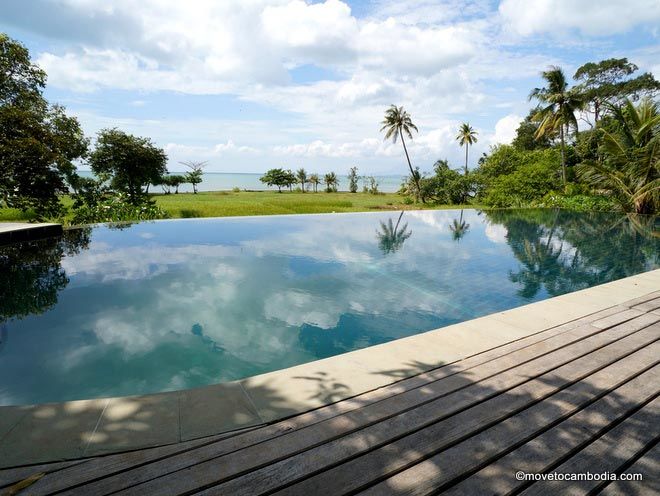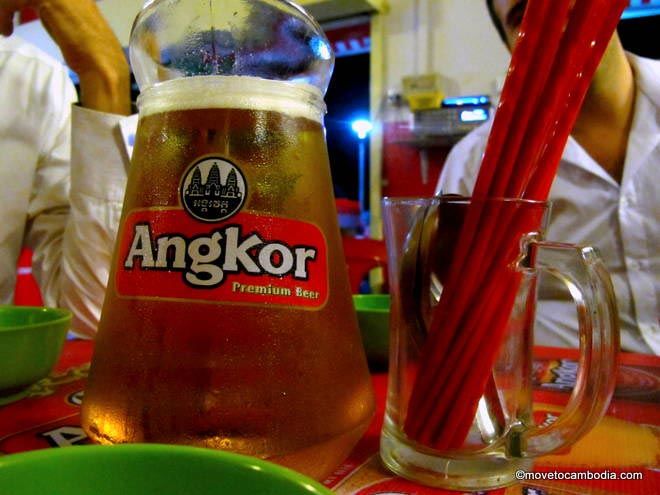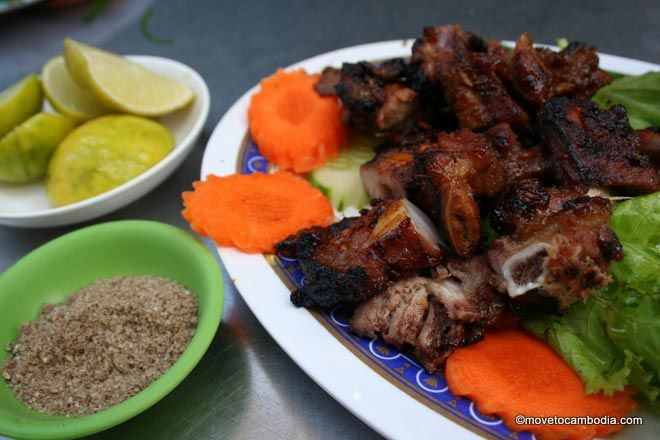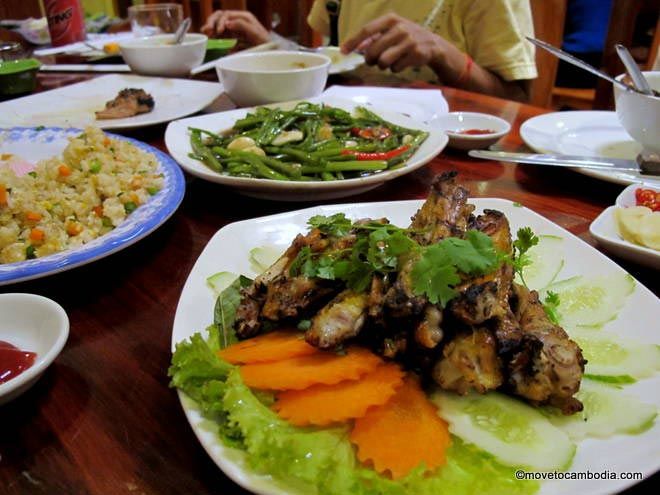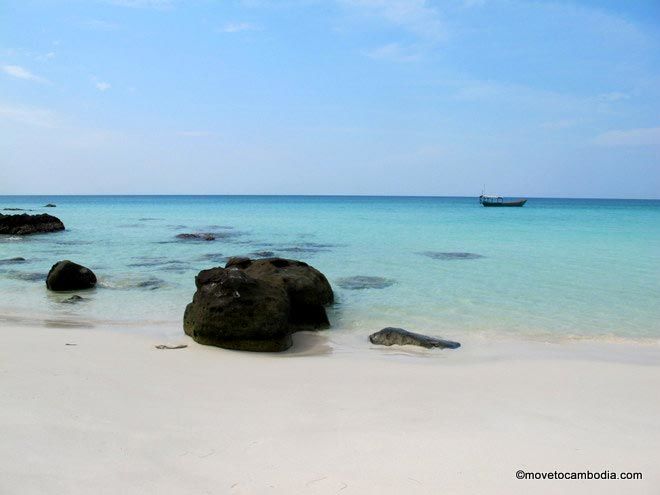
Koh Rong, Cambodia. As pretty as a postcard.
In the Gulf of Thailand, a few hours’ boat ride from Sihanounkville’s shore lies Koh Rong, whose squeaky white sand beaches and calm turquoise waters are only just beginning to be discovered by visitors. Koh Rong has neither roads nor cash machines, and electricity only after dark. But the island boasts 43 kilometers of unexplored beaches, and the number of breezy thatched bungalows on the island are multiplying. The world is finally starting to pay attention to Koh Rong and tourists who are willing to forgo 5-star amenities and stay on the island are amply rewarded.
“People don’t know that this exists…I didn’t even know there were islands here when I first came to Cambodia!” said Rudy Schmittlein, the owner of Paradise Bungalows and one of the first Westerners to settle on the island three years ago. Nearby Koh Rong Samloem has long been a favorite for long weekends by the Phnom Penh expat community who enjoyed weekends at Lazy Beach, but few ventured further.
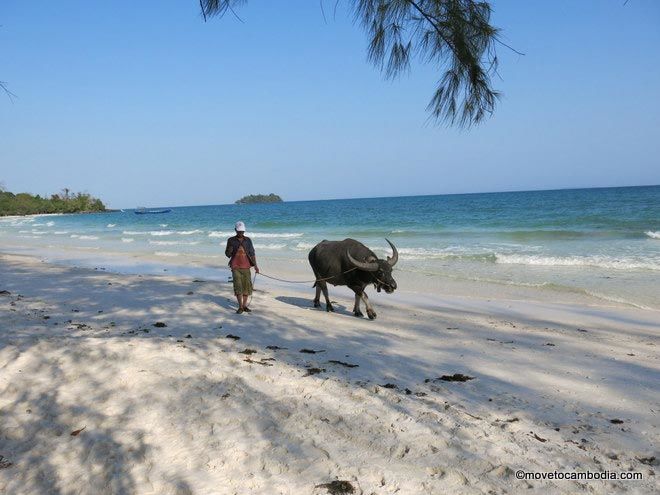
The twice daily water buffalo trek on Koh Rong
But then in late 2010 a number of new accommodations started to be built, including Monkey Island, which is owned by the same people behind Monkey Republic, a backpacker institution in Sihanoukville. Now there are three daily boats that pick up and drop off on various parts of the island, and it’s not only backpackers that are discovering the simple pleasures of island life. “You can’t find this in Thailand anymore without really looking,” said Paddy Robinson, an expatriate Brit and the manager of Monkey Island. “Soon, Sihanoukville is going to be nothing more than a stopping point for these islands.”
“The noise underneath their feet when they walk down the beach, that’s the first thing that people talk about,” Robinson explained. “People say it squeaks, and that doesn’t make it sound very romantic, but that honestly is the first thing that people notice when you’re walking them down the beach from the pier. Like, ‘feel the sand, listen to it.'”
Squeaky sand is unpolluted sand, and that’s what makes the island so magical — compared to neighboring Thai islands that are covered with massive growth and development, Koh Rong is still remarkably pristine, despite the recent introduction of more than dozen sets of bungalows. Move away from the main area, though, and the shore is covered with kilometers of untouched beaches and the interior of the island is uninhabited and filled with dense tropical jungle. When the moon is waning, an ethereal phosphorescence can be seen in the water on the shores of Koh Rong, caused by bioluminescent plankton that are only visible at night. The plankton respond to disturbance by lighting up even brighter, so feel free to splash away.

Another beautiful beach on Koh Rong
Underwater life is another draw of the island. Divers can arrange for outings with The Dive Shop to have some adventures of of the aquatic variety. “What people actually freak out about are nudibranches — seahorses and nudibranches. You’ve probably never heard of them before,” laughed Schmittlein, who then presented photos of the extraordinarily brightly-colored marine gastropod mollusks. “They are the most colorful animals that you can find underwater, and you can find them here.”
For those who prefer to stay above sea-level, the island provides plenty of opportunity for exploration. There are seven bays on the island and 28 beaches, and all of the residents have their own favorite. Ros Kun Srey Nuch, the owner of Treehouse Bungalows, pointed towards the southeastern tip of the island. “My favorite is Long Set beach, over there. Long Set is the name of the man who makes a farm there. He has cashew nut trees and mango trees, and a lot of coconut trees. On the back side, there is a river where people like to go to find shells and crabs.”
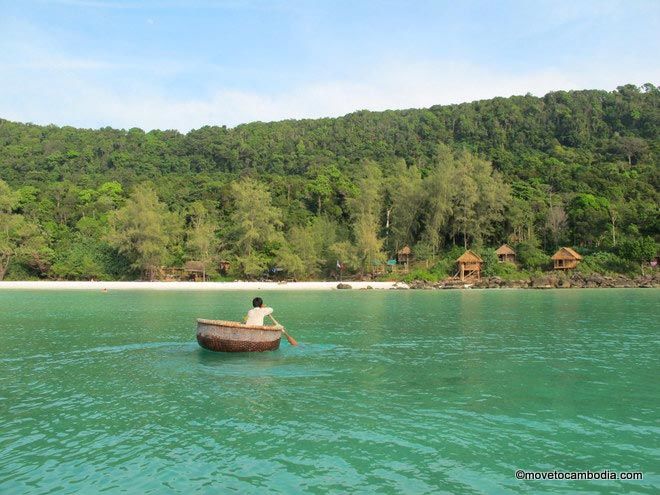
Getting around by boat on Koh Rong.
Most of the locals prefer to get around by boat, but there are some trekking trails on the island. The ‘Walking Man’ of the island has been marking paths so that visitors don’t get lost. Gil is an Israeli expat who has been living on the island doing precious little besides exploring all 78 kilometers of it. He’s happy to give trekking suggestions and will even occasionally offer guided tours of one to four days that can be arranged at Paradise Bungalows.
There are around a thousand people living on Koh Rong, and most are happy about the opportunities that tourism to the island has brought. Koh Rong native Srey Leak runs a small restaurant selling fresh-caught seafood with the help of her mother. “My teacher told me that everything other people can do, I also can do,” she said, explaining how she came to start a business at the tender age of 17 after a quick stint working in the kitchen at Monkey Island.
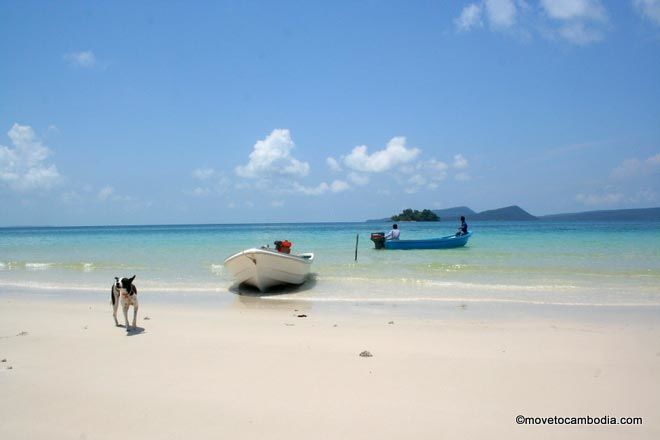
The view from Pura Vida on Koh Rong.
There are fears, though, that the good times won’t last. The Cambodian government has granted a 99-year lease of large portions of the island to an investment conglomerate, the Royal Group. They have plans to build an airport and ecological resort, and presumably, remove all of the small businesses and bungalows that are currently thriving. The development is starting slowly, so for now, the bungalows are safe and it seems like more are being built every day.
“This is a place where you can meet people and where there are things to do. But if you want to explore a little bit further, if you want to look for even more secluded places, you’ve got virginal beaches that no one has trod on,” Robinson claimed. It’s likely, however, that the serene, rustic atmosphere will disappear along with the budget accommodation, so interested travelers shouldn’t waste any time in visiting.”
Paradise Bungalows
Koh Rong
T: 092 548 883 (Sihanoukville booking office)
paradise-bungalows.com
Monkey Island
Koh Rong
T:081 830 992; 081 830 991 (Sihanoukville booking office)
monkeyisland-kohrong.com
Treehouse Bungalows
Koh Rong
T: 016 594 177
treehouse-bungalows.com
